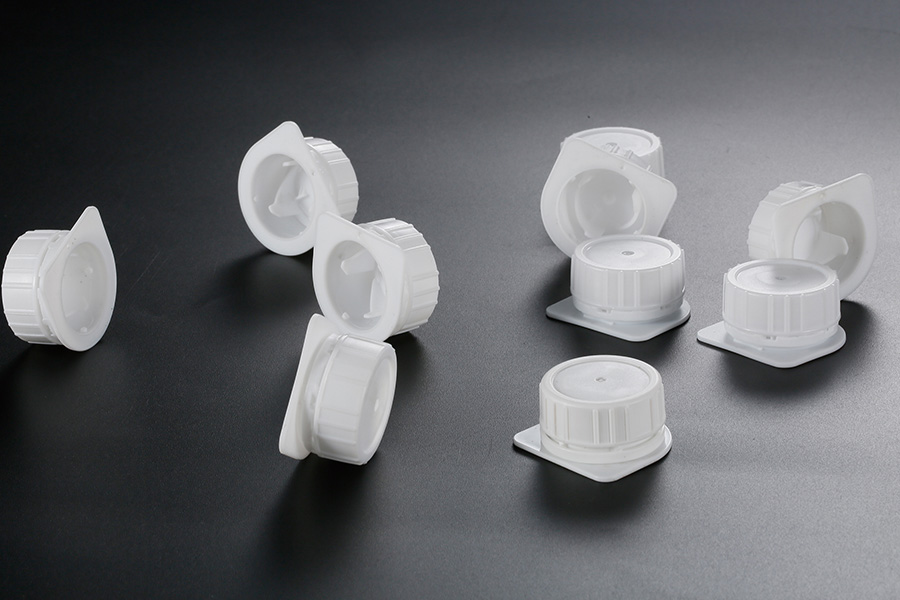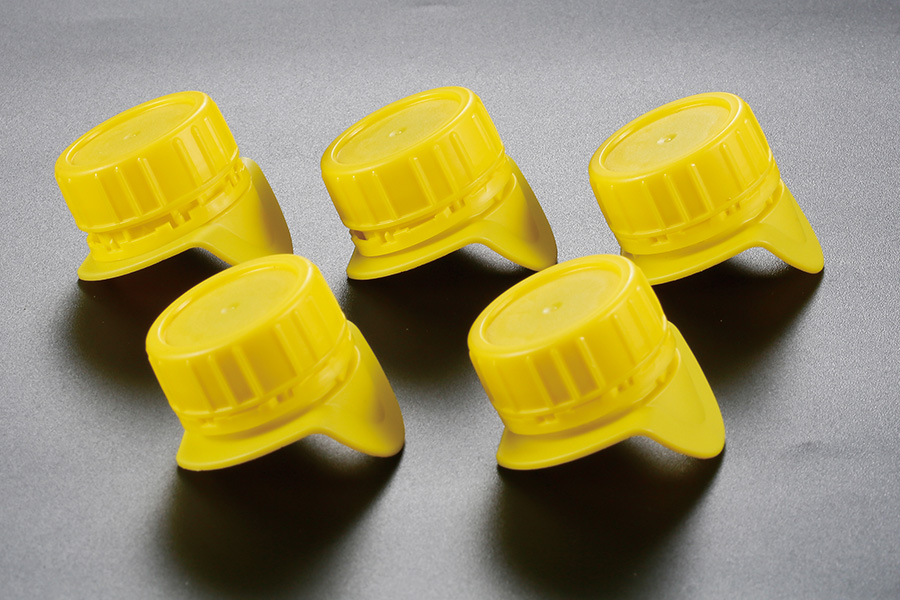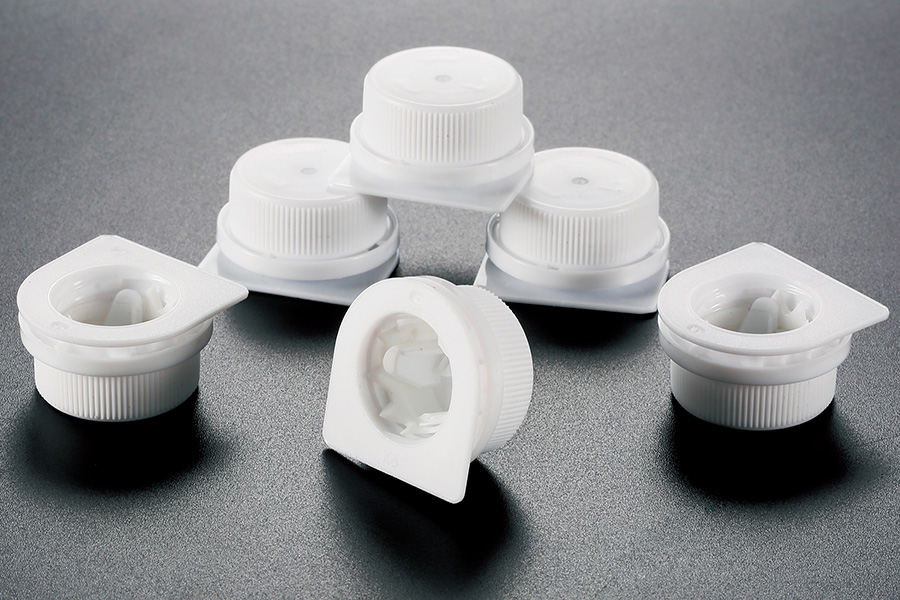In the packaging industry, the demand for lightweight caps has steadily increased due to the growing focus on sustainability and cost-efficiency. Manufacturers are challenged to produce a liquid bottle cap that not only meets rigorous strength requirements but also aligns with environmental goals. Achieving this balance involves careful selection of materials, precise engineering, and advanced manufacturing processes. In particular, food grade bottle cap production presents unique challenges and opportunities in this evolving landscape.

A liquid bottle cap serves as a critical component in packaging, protecting the product from contamination, leakage, and spoilage. When designing a lightweight cap, manufacturers must ensure that it maintains its integrity during transportation, storage, and consumer use. The cap must be strong enough to withstand external forces without cracking or deforming, while also providing a secure seal to maintain product freshness. Food grade bottle caps add another layer of complexity, as they must comply with stringent safety and hygiene standards to prevent any risk to consumers.
One of the key considerations in lightweight cap manufacturing is the choice of materials. Polypropylene (PP) and high-density polyethylene (HDPE) are widely used plastics known for their strength and durability. These materials are popular choices for food grade bottle caps due to their compliance with food contact regulations and resistance to chemical interactions. Advances in polymer science have also introduced bio-based and recycled resins, which contribute to sustainability goals without compromising performance. Selecting the right material is essential to ensure the cap is lightweight yet maintains its mechanical properties.
Manufacturing techniques play an equally important role in balancing strength and sustainability. Injection molding remains the standard process for producing liquid bottle caps, allowing precise control over cap dimensions and wall thickness. Engineers optimize the mold design to reduce excess material usage while maintaining structural integrity. Innovative design features, such as ribbing and reinforcement rings, enhance strength without adding significant weight. Additionally, process improvements help less defects and material waste, supporting environmental objectives.
Food grade bottle caps must undergo rigorous testing to validate their performance. This includes leak tests, torque tests, and compatibility assessments with various liquids. Ensuring that the cap maintains a tight seal is vital for preventing contamination and preserving product quality. Lightweight designs must not compromise these safety aspects. Manufacturers often collaborate with material suppliers and testing laboratories to develop caps that meet or exceed regulatory standards while reducing plastic usage.
Sustainability considerations extend beyond materials and manufacturing. Lightweight caps contribute to reducing the overall carbon footprint by lowering transportation emissions and decreasing plastic waste. Smaller, lighter packaging reduces fuel consumption during shipping and storage, making the supply chain more efficient. Furthermore, the adoption of recyclable or biodegradable materials in food grade bottle caps supports circular economy initiatives. Companies are increasingly prioritizing packaging solutions that balance functional performance with environmental responsibility.
Consumer preferences also influence lightweight cap design. Easy-to-open caps with ergonomic features enhance user experience, encouraging product reuse and proper disposal. A well-designed liquid bottle cap should combine functionality with convenience, addressing both consumer needs and sustainability goals. Transparent communication about the cap’s environmental benefits can strengthen brand loyalty and support responsible consumption.
Despite the progress in lightweight cap manufacturing, challenges remain. Balancing strength and sustainability requires ongoing research and development. Material innovations must be matched with manufacturing capabilities to ensure scalability and cost-effectiveness. Regulatory requirements continue to evolve, requiring manufacturers to adapt their processes and materials accordingly. Collaboration among industry stakeholders is essential to drive sustainable packaging solutions forward.
In summary, producing a lightweight liquid bottle cap that balances strength and sustainability is a multifaceted endeavor. It involves selecting appropriate materials, employing precise manufacturing techniques, and ensuring compliance with food safety standards. Food grade bottle caps demand particular attention due to their direct contact with consumable products. As the packaging industry moves towards more sustainable practices, lightweight caps will play an increasingly important role in reducing environmental impact while maintaining product integrity and consumer satisfaction.


 English
English  русский
русский عربى
عربى



